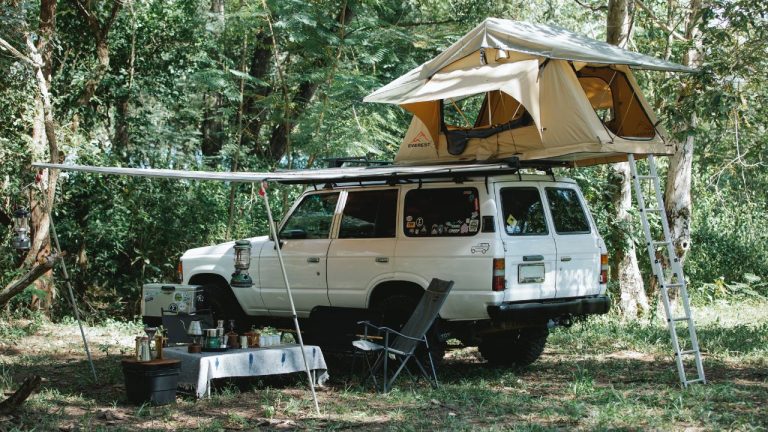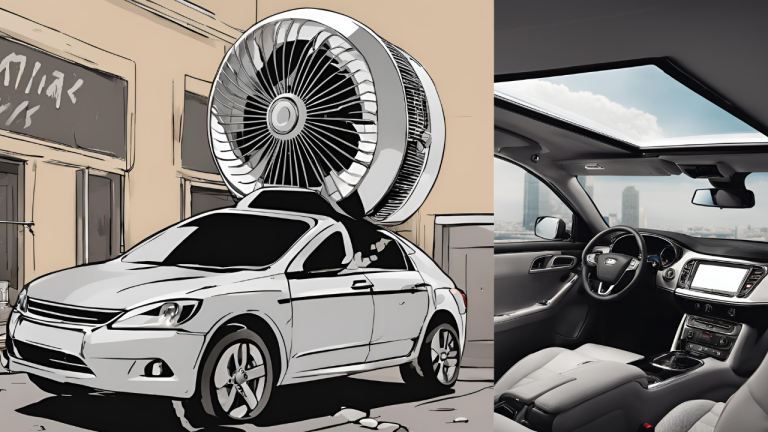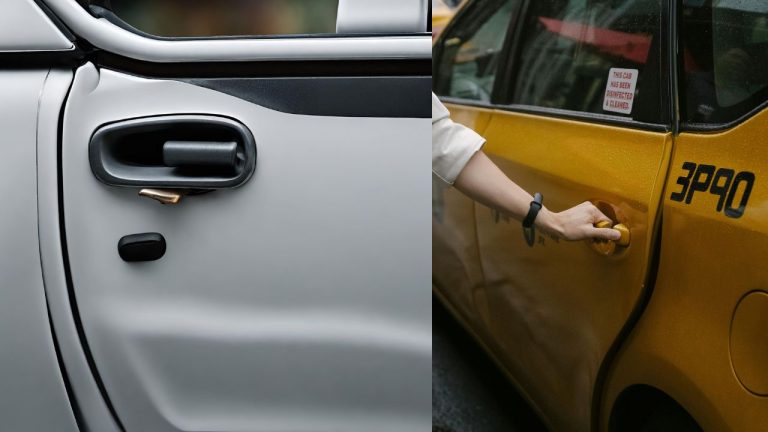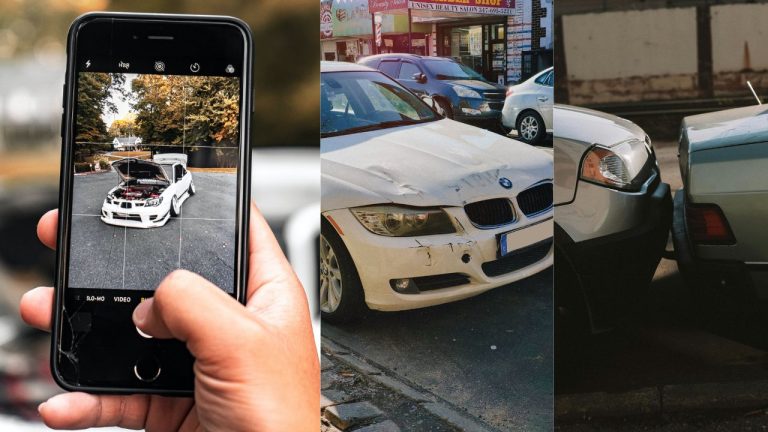It’s exciting to get started with your new car as soon as possible. But if you want to make the best out of your experience with the car, there are a few things to remember. When you follow the right way, your car breaks in a bit better. So, how about learning some new car driving tips?
Pro Tips: Drive slowly for the first five to ten minutes, make frequent stops, and brake gently. Make sure to change the oil when it’s recommended, and always follow what the manufacturer instructs. Some other helpful steps include checking the tire condition, getting used to your new car, and ensuring safe driving.
Read an important article about traffic sign
To get more details about new car driving, make sure to read the whole article.
11 New Car Driving Tips
Even though modern technology has decreased imperfections in cars, it’s still a great idea to take some time with the new vehicle. Breaking in the new car with some steps will certainly make it more comfortable for you. So, let’s get started with the driving tips.
1. Drive Slowly First
For the first 1000 miles or so, develop a practice of warm-up. After starting your car, drive it slow for the initial five to ten minutes. This can help the car reach its full potential sooner.
Following this routine will also help you get comfortable behind your wheel. Note that idling does not work as a warm-up for your car. So, you need to drive a bit slowly for a few minutes. It’s also a good idea to drive the car in your neighborhood before you can hit the freeway.
2. Stop And Go Driving
You may find stopping at a red light annoying. But it’s actually good for your new car. When you frequently stop and start, it helps your car to smoothen its performance. Components like the engine brakes and the cylinder walls are most facilitated by this activity.
So, until you run your car for 1000 miles, don’t be annoyed to experience frequent stops on the road.
3. Gentle Brakes
A new car’s brakes will initially feel different than your previous one. The best way to get comfortable with the brakes is to start gently. For the first 100 miles or so, try to avoid high-speed brakes.
Also, avoid unnecessary brakes on the road. Once you get more comfortable and the brakes start feeling more comfortable, then you can utilize them as you like.
4. Change The Oil As Recommended
It’s better to change your car’s oil after running it for 1000 miles. Even though the recommended oil change is more than that number, you can improve efficiency by changing the oil at 1000 miles.
Then, make the next oil change when you reach the recommended mileage for an oil change.
5. Familiarize Yourself With The Controls
When you change your car, it’s important to feel comfortable before you can start driving. Sit in your seat and then adjust the cabin controls a bit. This will allow you to get familiarized with the settings.
You can do stuff like adjusting the mirror, turning on the AC, adjusting the seat, etc. Alter the settings till they feel right before driving.
6. Go Through The Manual
Your car’s driver’s manual is not only for emergencies. Before taking your new car out for a drive, it’s always a good idea to read the manual. Some small features might be different than the previous one.
The more you read about the car, the more familiar it will feel when you drive it. In addition, every car comes with a unique set of instructions. If you want to get the best out of your vehicle, you should always follow what the manufacturer recommends for you.
7. Check The Tires
Always make sure that the pressure is optimal in all tires before driving a new car. The tires may be a bit sensitive initially due to manufacturing residues. Try avoiding sudden turns for the first few miles. To be more precise, when you drive the car from the shop to home, be careful not to damage the tires.
8. Familiarize Yourself With Safety Features
It takes a bit of time to familiarize yourself with a new car. Especially when your muscle memory from your old car is still fresh. So, make sure that you’re memorizing everything, especially the safety features.
For the first few times of driving, ask yourself a few questions before starting. For instance, you can check if you can remember where the hazard light button is.
9. Get Used To The New Vantage Point
When you get a new car model, everything will feel different initially. For instance, the mirror view, the front view, blind spots, how much lower or higher you are on the ground, everything will feel different.
So, alter the settings, adjust your seat and the mirror and give it time. After you’ve driven the car for a month, it will feel more comfortable than before.
10. Practice Parallel Parking
Parallel parking is always tricky when you’re not familiar enough with a car. The windshield view, brakes, gas pedal, and steering will feel different compared to your old car. So, if you don’t want to bump into other vehicles, the best way is to practice before doing it.
You can lay some traffic cones to set the scene. Practice doing it a few times before getting comfortable parking in tight spots.
11. Safe Driving
Above all, you have to make sure that you are not taking any chances with your driving. Regardless of whether your car is old or new, it’s important that you follow the safety protocol. Avoid using a mobile phone, keep your hands on the wheel, and always be safe from distracted driving.
You can read a related article
Guide to Drive in Snow for Beginners
Final Words
We hope that these new car driving tips comes in handy. Even though it’s exhilarating to get started with your car, making a few mistakes can make the first experiences bitter. So, make sure that you follow the rules to make froit enjoyable for yourself and increase the efficiency of your vehicle.
Also, remember to take your car for maintenance from time to time to keep it running perfectly for many miles to come. To know more tips about car driving you can read the article







